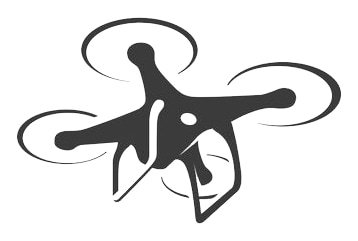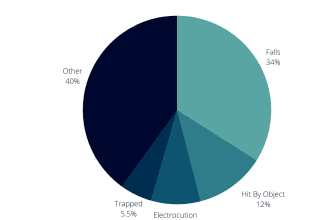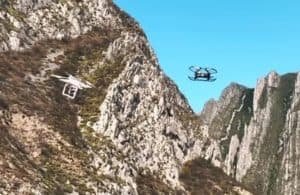
Online we can find different videos where people are testing their drones to go as high as possible. This led myself to question, how high can business drones fly? When we buy a drone, the very first thing we look at can be how long the electric batteries can last, how quick a drone can go, what range it offers, and the quality from the camera. But what people often forget to take into consideration when purchasing a rhyme is a how higher that drone can fly. Therefore , can there be at least some treadmill on the market that can reach space?
So Can Drone Reach Space? Short answer is not any! Drones cannot achieve Space for couple of reasons. One of the main reason is the Earth’ ring atmosphere, where the air is much slimmer at high altitudes. Drones are powered by propellers that use air density and push that same air down to maintain the drone at that height.
Drones, like airplanes, have the problem of flying with very high altitudes due to the thinner air upward in the atmosphere. Because of this, rotors have much less efficiency and more energy is required to keep the drone at that height. Also one of the aspects is the temperature that is getting lower the further we move, which is the problem meant for lithium-ion batteries which usually do not tolerate really low temperatures.
Regarding commercial drones, t he greatest elevation ever documented and holding the particular record is eleven, 000 ft (3. 35 km) . That height has been achieved with the DJI Phantom 2 drone. The time it took for the drone to achieve that height has been three and a half a few minutes. However , today’ ring drones have a security system that limitations these heights, and the only way to bypass this is to disable the software restrictions that have been set. Most drones such as DJI have restrictions, and are started fly 1 . five km above ocean level, while the lawful limits are much smaller than that and are usually 500 feets (150 meters).
Can a Drone Work in Space?
The brief answer is INDEED! For many years, NASA continues to be working to improve its technology, which is based on exploration of other planets, and they already have available drone technology that is used for such tasks. But the biggest problem is that drones on Earth can’ t be used exactly the same way they do in space, because they don’ t have the ability to drive air , which creates a thrust, which is also the 3rd Newton’ nasiums Law. But if we all take as an example the moon that has a really low gravity and a very low air density, it can cause a lot of troubles to create thrust, keeping that drone steady in the air.
Nevertheless it comes to the galaxy itself, that is, the area between the planets, there is no air at all so that the thrust required to maintain the drone on a few desired path would not exist. As an example, we could see Elon Musk and his experiment which usually he did with his Tesla RoadSter which usually he launched in to space, and that model moved along the route he gave your pet, and after that it no more had any impact on changing direction. If you want to learn more, read my write-up: Can Drones Work in Space .
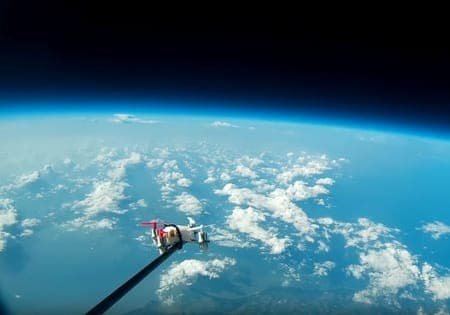
NASA is Exploring Area Using Drones
For the purpose of discovering new planets, NASA has launched task management where it would send its drones and robots into space for the exploration of various other planets using new technology. NASA’ s Kennedy Space Center is definitely working on various methods to explore other planets, because there are places exactly where NASA rovers are already out of reach for many years as well as the drones remain only solution for now. These drones are quite just like the classic quadcopter through Earth, but their mode cannot be applied within space. The reason is there is no air in space, and classic quadcopers need atmosphere to use a propulsion system to keep them airborne. NASA therefore uses an aircraft system instead of a propeller to navigate and direct these drones in the desired direction.
What they are also trying to achieve is the fact that this drone flies autonomously, that is, no one needs to navigate it. NASA’ s prototype drone is approximately 5 feet wide and made of exclusive materials using a THREE DIMENSIONAL printer. As we mentioned, the main goal of the drones would be to entry inaccessible places such as the interiors of several volcanoes that the exoplanets might otherwise have got. NASA is therefore still working on figuring out how to make the most effective drone that will have these many abilities for the purpose of such scientific research.
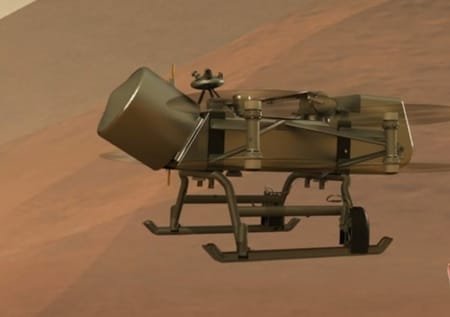
Drones on a Mission to Explore The Moon
Drones have proven to be extremely capable of completing many tasks that have been set for them so far. This is why the need to use drones with regards to space missions has arisen, because there are still many places which have not been discovered, both in space and on various planets. NASA has so far used different types of rovers that will explored the surfaces and interiors associated with planets, but these rovers had limited gain access to and encountered various obstacles such as steep mountains, interiors, voids, and the like. What drones could contribute to is to overcome these hurdles and thus offer brand new research opportunities. Therefore , drones can circumvent all these obstacles and offer a completely different look at.
Drones have got explored almost every part of the earth up to now, which is because they are able to navigate whatever problems come their way. But what drones can do on earth is completely different because of the environment that exists in the world, and so they use air flow displacement whereby air moves and maintains that drone in the air. But this method can also work on Mars besides the Earth, because this world also has an environment. If there is no environment, no support for that air mass might be made unless there was some kind of rocket propulsion. Rocket propulsion is not the best solution since it discharges very quickly and is of short time-span.
Is it feasible For Drone to achieve the Mars?
The only ones we can say to know with certainty the answer to this question are usually are NASA designers. Drones on the Planet have been in use for many years and are based on the standard of electricity used to power the engines, and therefore the rotors are keeping that drone in the air. However , since the gravity on Mars is much smaller than that on Earth, and is 3. 7 m/s2, then they should be quite easy to perform – but it’ nasiums not! We have currently said that drones make use of their rotors to produce a thrust of air directed downwards and thus resist gravity, but the bad news is that the atmosphere on Mars is much denser than that found on soil (about 60 times).
This means that the drone needs to provide much more thrust with its rotors than it is on the floor so it can take off on Mars. 1 possible solution to this might be to increase the rotor radius, rotor depend, or simply increase the rotator speed. But this solution also techniques new problems because as Mars is a lot farther from the Sunlight than Earth, less solar power is available, plus electricity is required to maintain that drone up.

The continuing future of Drones in Room
We are already well conscious that drones have got conquered the Earth and their next location is the solar system. NASA has a plan to launch a drone in the space which drone will travel to other planets for your next 6 years. The main mission for that treadmill (Dragonfly) is to visit Saturn’ s moon, Titan. Titan includes a very low gravity and it has a dense environment. Dragonfly will calculate various parameters upon Titan, such as the composition of Titan components, temperature, air denseness, etc . at the various locations.
Dragonfly is scheduled to launch in 2026 and head to Saturn’ s moon Ti (symbol), and should arrive at the default location around 2034. He will invest a couple of years circling our planet for the purpose of collecting numerous data that will be analyzed later. The amazing facts about Titan are usually that the air is up to 400 times heavier than Mars and it is mostly nitrogen. This will definitely be a difficult mission, as it will fly in peculiar conditions.
Conclusion
What we should can see is that the drone world is growing at incredible velocity. They’ ve looked into almost every corner of the Earth, and now it’ s time so they can take over the whole world. NASA is focusing on specially designed drones which will be capable of exploring both universe and planets and collect a number of data. As for business drones, they do not have the ability to reach space, because of the thinner density of air, as we increase in the atmosphere. This is one of the main reasons why commercial drones that are designed like that will never be able to reach area ever.
